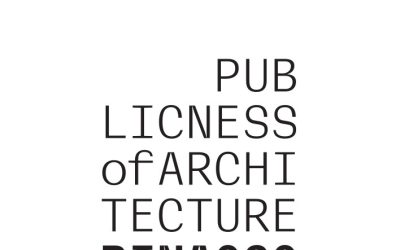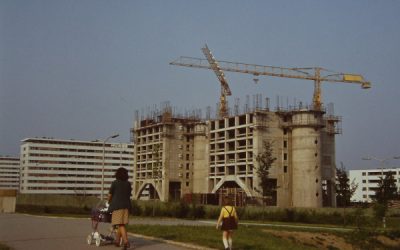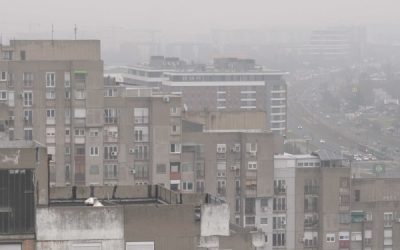Concept and selection: Aleksandar Kušić
Posters: Students of Belgrade’s Faculty of Contemporary Arts
Tuesday, 22 April 2025.
19.00 OPENING OF THE EXHIBITION
(22.04–17.05.2025)
→ Podroom Gallery, The Republic Square 5/-1
The collection Architecture. Strictly Minimal.was formed as part of the teaching process at Belgrade’s Faculty of Contemporary Arts (FCA). The authors of the posters are students of seven generations of the Bachelor studies programme in Interior Design. The task, a part of the course “Contemporary Architecture and Design,” is to depict a single significant work of architecture. The students are limited by a timeline (from modern architecture until today), a common template, and a minimalist expression. After selecting the work, they are faced with the creation of a figure that should represent the work in a simple and impressive manner.
One of the missions of FCA is merging contemporary technologies with the arts. With this in mind, the series’ (ASM) goal is to think of architecture as part of the digital culture. The inspiration came from the endless field of fan art, and especially digitally-generated movie posters. Created outside of official productions, as an expression of sincere affection for a cinematic piece, these posters often single out recognizable motifs and thus establish a link between content and the observer. Similarly, ASM is supposed to offer a body of work which, through its minimalist language, might be part of recent digital trends; on the other hand, it also offers something architecture, as a discipline, considers uniquely its own.
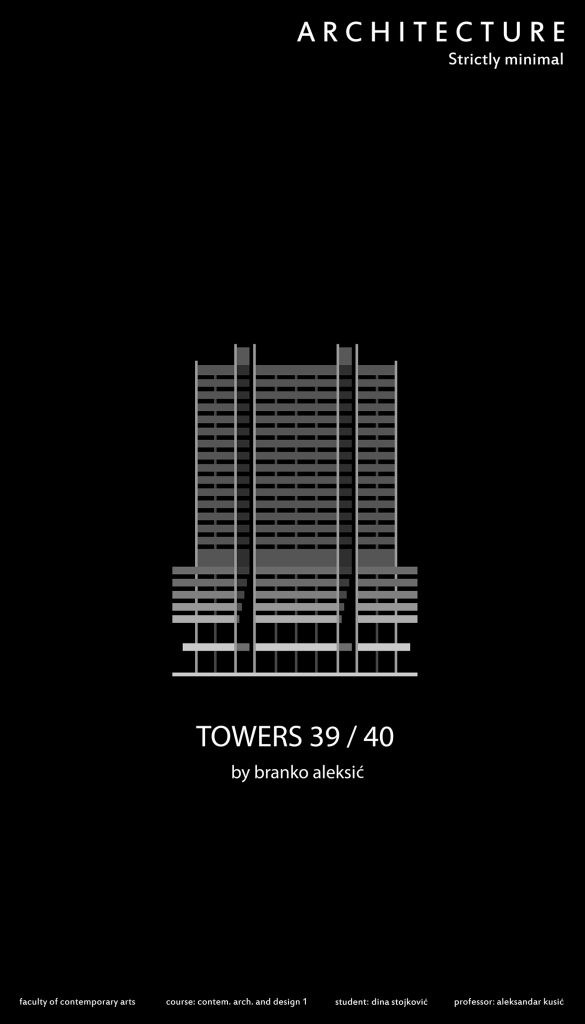
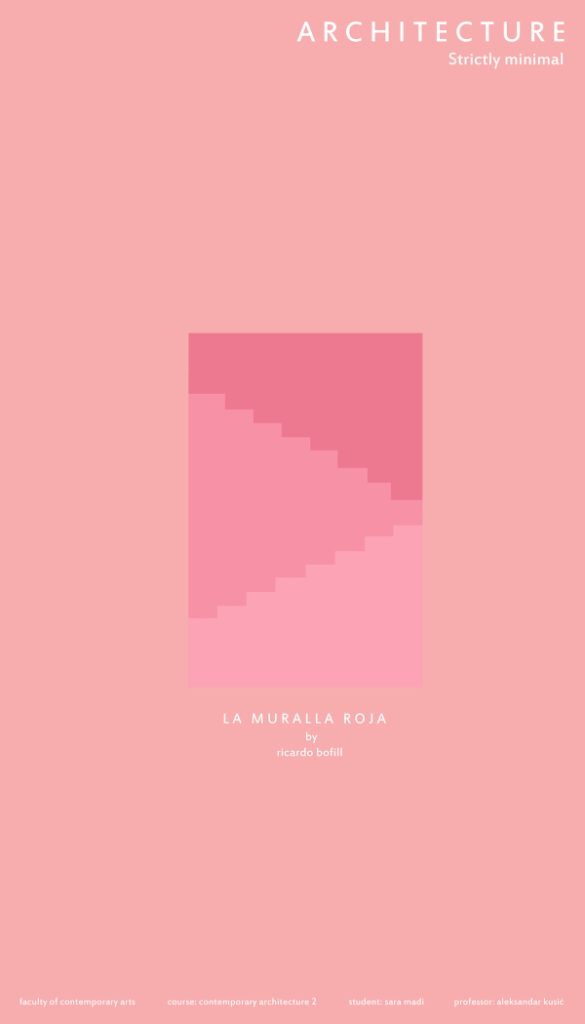
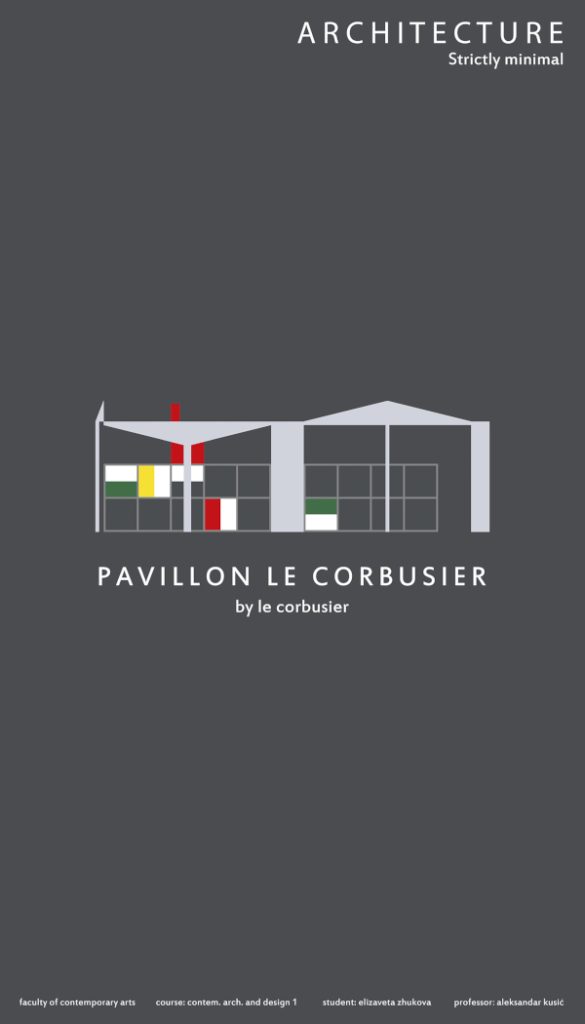
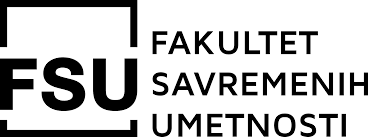
What is the place of such a concept in the discipline of today? The uncertainty we feel, linked with, for example, the artificial intelligence and potential technological shock it might produce, is nothing new. Actually, the previous half a century (at least) was marked by a sense of change penetrating the very foundations of the discipline. Let us remember Aldo Rossi and his drawing Dieses Ist Lange Her / Ora Questo e Perduto (1975). A landscape full of derelict pieces, in which architecture is not only a ruin, but its uniqueness is being challenged – in front of us is a chaotic ensemble in which architecture and everyday objects are of the same size. Also, let’s remember Learning from Las Vegas (1972) which teaches us that architecture is a medium broadcasting ambiguous or humorous messages to the postmodern observer. This, as Dell Upton notices in the Relearning from Las Vegas (2009), is a reduction to the level of a representation, and thus a negation of the very materiality of architecture.
In many ways, ASM is an accomplice in such a crime. The basic procedure which the series demands is selection and reduction to a single figure. Thus, the minimalist language (as any other language) unavoidably fails when facing the work itself, as a complex set of social, political or cultural elements. On the other hand, the goal of the series is not as ambitious, at least not in the direct sense. On the contrary, it was envisioned with the idea of creating attractive motifs which represent something special about, and inseparable from an architectural achievement. In this sense, there is another reference ASM shares a trait with – Advertisements for Architecture (1976–77) by Bernard Tschumi. By focusing on flaws which endanger the imagined purity of a work, or an event which gives the inanimate object an unsettling vibrancy, Tschumi attempts to be an architectural adman – the one who offers a content potent enough to move the observer’s desire. ASM attempts something similar – to extract from a whole, in a way which might encourage interest in the very same wholeness. An interest which, one might desire, would in time spread its scope, and thus involve more than the representation itself. Although limited by the basic aesthetic code, the posters demonstrate a variety of perspectives, representing significant works as total compositions or their details, interiors or exteriors, outlines or volumes. Some feature abstract figures which, liberated from the burden of precision, still remind us irresistibly of the originals. Others reveal a careful approach to the issues of internal relations and scale, attempting to represent all the skill within the work. The third, again, is almost cryptic, inviting the viewer to research further. In temporal terms, the posters mostly show the works created during the 20th century. In spatial terms, a large majority is situated abroad, in Europe and the US, although among the exhibited works one also finds a few significant buildings located in Belgrade. In their diversity, a single trait unites these posters – they show that architecture involves a huge emotional capital. The degree in which architecture will be part of the lives of people who do not make up our discipline, that is the question for ourselves.






